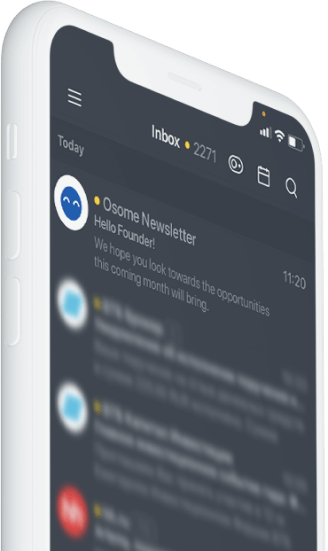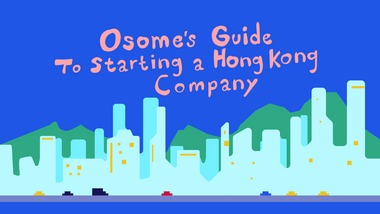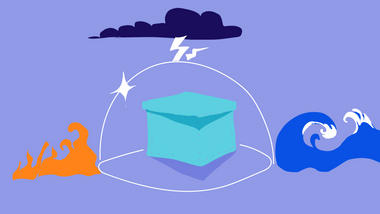12 Ideas To Get More Traffic to Your Online Store
When your website is finally live, you may want to look at these marketing strategies to bring potential customers to your online store.
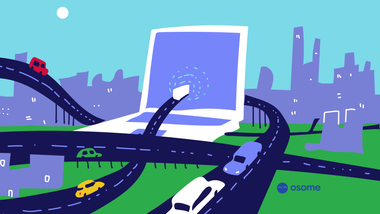
Building inventory, adding product descriptions, easing the checkout process, and working on your online store is a labor of love, especially if you are doing it on your own.
When your website is finally live, you want to share it with as many people as possible. How do you get people to your website and excited about your products and shop from your store? We will list all that out for you today.
By the way, if you’re looking to get trusted accountants on your team without the cost of adding a new hire on your payroll, team up with Osome. Our accountants know how accounting for e-commerce businesses work and will help you consolidate all your numbers so that you can make the best business decisions to grow your business.
Setting Up Your Online Store for Success
Before the Website
If you want to get your company set up first, here's a guide for you.
Before driving more traffic to your online store, ensure that you have registered your company officially and that your website is in order:
Perfect your copy and proofread the content
Set your tone to be conversational and use the language your target audience speaks so that they could relate to you better. Check for grammar and tone. Make content that is interesting and useful for your target audience.
Use high-quality images
Good images let your customers see your products true to their forms. A mobile research and retail data collection company, Field Agent, found in a 2018 survey that product images and photos were "very" and "extremely" influential in making a digital purchase. Of course, most importantly, your products should be quality items too, and do provide accurate product specifications and descriptions for them.
Make sure your products are displayed clearly
Display your product offerings or services, and calls to action prominently and clearly on your website. Your customers must be able to navigate your website easily and be able to browse, add-to-cart, and checkout as smoothly and seamlessly as possible.
Check that your website looks good on your phone
According to Statista, it is projected that by this year, 72.9% of online shopping would be done via mobile phones, up from 58.9% in 2017. As such, optimize your website or online store for mobile as that is the way that people prefer to shop nowadays. Some tips for mobile optimization include providing phone numbers in text (and not images) so that buyers could tap to call, and adjusting the size and margins of all buttons, links and calls-to-action to minimize errors when tapping.
12 Strategies To Drive More Traffic to Your Online Store
Let’s take a look at the various ways you can find more customers and lead them to your store through content, social media, getting ranked higher on search engines, and paid ads.
Content Marketing
Content marketing is creating and curating compelling content that is useful and relevant to your target audience to bring them to your online store and your brand. In the short term, your goal for content marketing is not to achieve sales, but to stir interest in your products and services and to present your brand and business as an expert within your industry. Content marketing is a great way for a new company to increase brand recognition and would grow its website traffic visits.
Blogs, videos and infographics are some of the ways to post content out:
Blogs
Blogging would direct potential customers to your website through Google searches when you optimize your content for SEO. Blog posts are a value-add for your customers because they could look forward to the useful content that you post, besides from waiting for new product launches, for example. Your online store’s blog posts would reiterate your position as an expert in your field. Post articles that would strengthen your brand’s positioning and promote your products and services.
For example, if you sell sofas, you can write articles with titles such as “Top 10 Tips to Revamp Your Living Room” or “Choosing the Right Sofa Size for Your Home”.
Videos
You could make videos such as tutorials and product demonstrations and post them on your YouTube channel, website, and social media accounts. Use IG live, for example, to answer frequently asked questions or to conduct flash sales. Make your videos informative, engaging, and in line with your brand’s tone of voice using slide templates. Also, try your best to reply to all of your customers’ queries on your social media accounts.
Infographics
Infographics are a great way to digest visual insights and data, and are easy to share too. Spread awareness about your services and products and establish your business’ sense of authority by branding the infographics with your business’ logo, social media handles or website URL. With time, you will gain brand recognition.
Social Media
Social media gets your message, brand, and products across to your potential customers anytime and anywhere. Therefore, it is imperative that you curate a highly targeted and tailor-made campaign with click-to-purchase paid ads. These are some platforms you should consider to run your paid social media ads:
Facebook’s large pool of users, at 2.89 billion monthly users, is certainly attractive and too large to ignore. Facebook’s advertising dashboard allows you to tailor your ads to specific groups of users based on their age, gender, behaviour, interests, location, etc. Its Dynamic Ads saves you time because it automatically promotes your entire product catalogue across Facebook and Instagram without you having to create multiple ads. Dynamic Ads optimize your campaign too by helping to recapture customers who have previously visited your website. Facebook features the products your customers have previously browsed or added to cart on its ads through Dynamic Ads.
Instagram has about 1 billion monthly users and more than 200 million people of them visit at least one business profile daily. In addition, 70% of shopping enthusiasts discover new products via Instagram. Instagram is one of the best ways to drive more traffic to your online store. You could post your ads with product tags on Instagram through photos or videos in ‘feed’ or ‘explore’ tabs. Most recently, Instagram launched the Instagram Shop tab which allows users to browse and purchase products directly in-app. Link your website and online store URLs in your ads and Shop profile to direct Instagram users there.
Pinterest is like an online pinboard where users pin-up photos or videos that inspire them to do, make or plan something new. Pinterest could select your target audience automatically from the details in your Pin, or you could narrow down the specific age range, gender, location and language that you prefer. Choose the topics or search terms that you would like your ads to appear under. When potential customers click on the Pinned ads, it would direct them to your website. Pinterest is not only for window shopping; a 2018 GfK study found that 83% of weekly U.S. Pinners made a purchase based on Pins from brands.
TikTok
If you sell products targeted at a younger demographic, TikTok is another platform to get visitors to your online store. Around 50% of TikTok users are under the age of 34. However, currently, the cost per click of TikTok advertising is quite hefty at USD $10. Thus advertising on TikTok would be more suitable if you are a bigger brand. When you do decide to promote your brand and online store on TikTok, remember to create original content and not repost from your Instagram or Facebook videos. TikTok-ers usually are there to be entertained -funny, weird and creative content are popular there.
Search Engine Optimization
Running social media advertising campaigns could drive more traffic to your online store immediately during and after the campaigns, but it is Search Engine Optimization that keeps acquisition costs low for the long run.
When choosing keywords to focus on for your brand, keep in mind other related keywords. For example, if your online store sells skincare products, focus not only on skincare related keywords but also keywords related to beauty and makeup. This would widen the reach of your target audience.
How to implement SEO in your website’s content? Try some of these tips:
- Constantly update content, and audit your posts at least annually
Google rewards updating content by ranking updated websites highly. This indicates that updating your website with more current data or trends is as important as creating new content. Each year, decide (with the help of plug-ins such as Ahref’s) if you want to keep the pages on your website as it is, or whether you should update, combine, or delete your posts. Doing this might even improve your website traffic.
- Plug-in SEO or SEO Managers
SEO tools could also help do quality checks by weeding out any SEO errors of your online store, such as duplicating manufacturer’s product copy on websites. Duplication of content would be penalized by Google which affects search result rankings.
- Link to trustworthy sites
Link building helps with SEO because it sends trackable traffic which would register your site as a credible one. Google ranks sites that are reader-centric highly, that is, articles that users find useful and comprehensive (because of all the in and outlinks) are usually recommended on the first page of search results.
Paid Ads
Google Ads might outshine keyword bidding, simply because Google Ads are in the “top spot” position, i.e. Google Ads show up first on the search page. You do not need to do much design-wise for the advertisement, and it could drive lots of new traffic to your website. You can tweak your ad strategy along the way.
Google ads look like this:
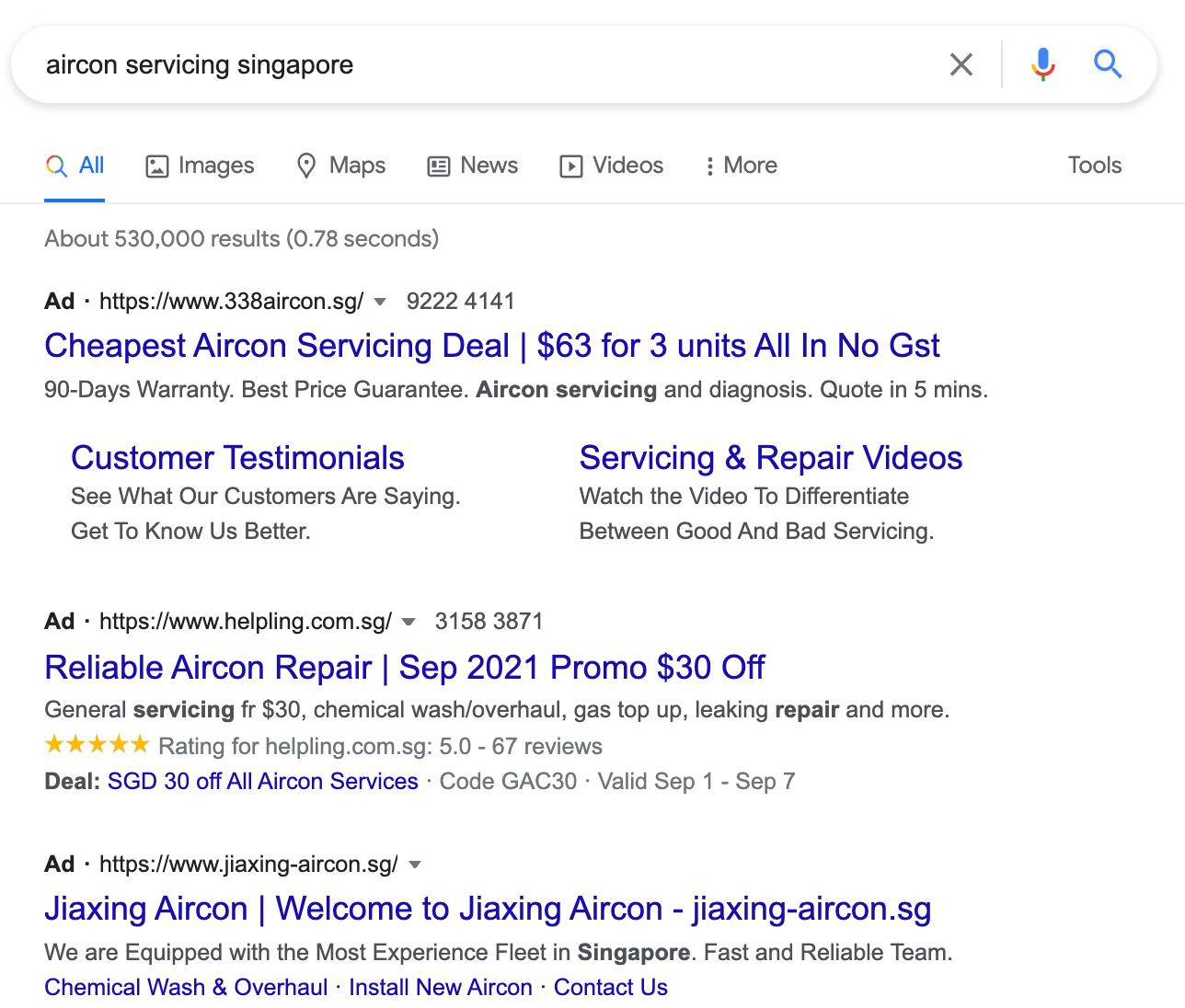
Google Shopping looks like this:
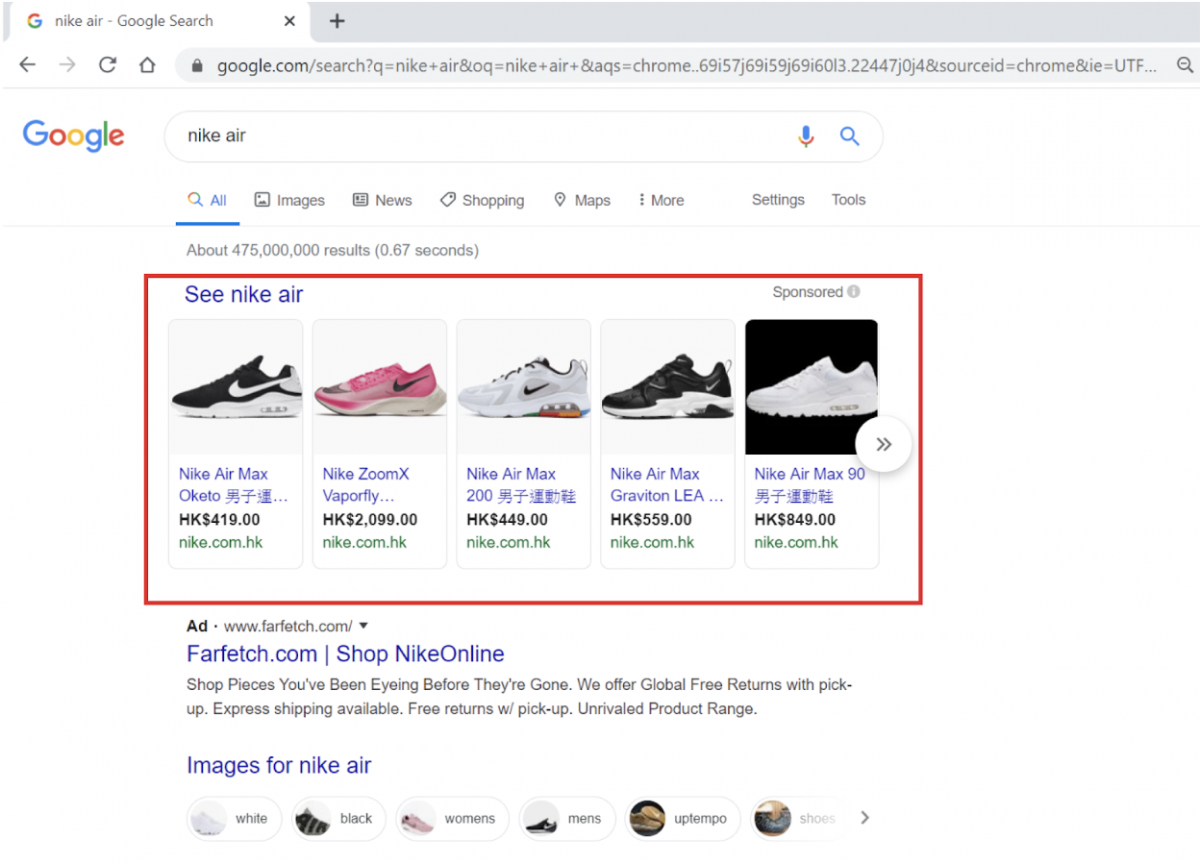
Google Shopping is another very efficient way to advertise because the ads display a product’s name, price and website for purchase alongside its photo. Google Shopping makes it very easy for a shopper to find something that she intends to purchase. You can channel that intent into purchase from your site if you list your products on Google Shopping.
Google plays around with the placements of the ads, thus you might have come across this:
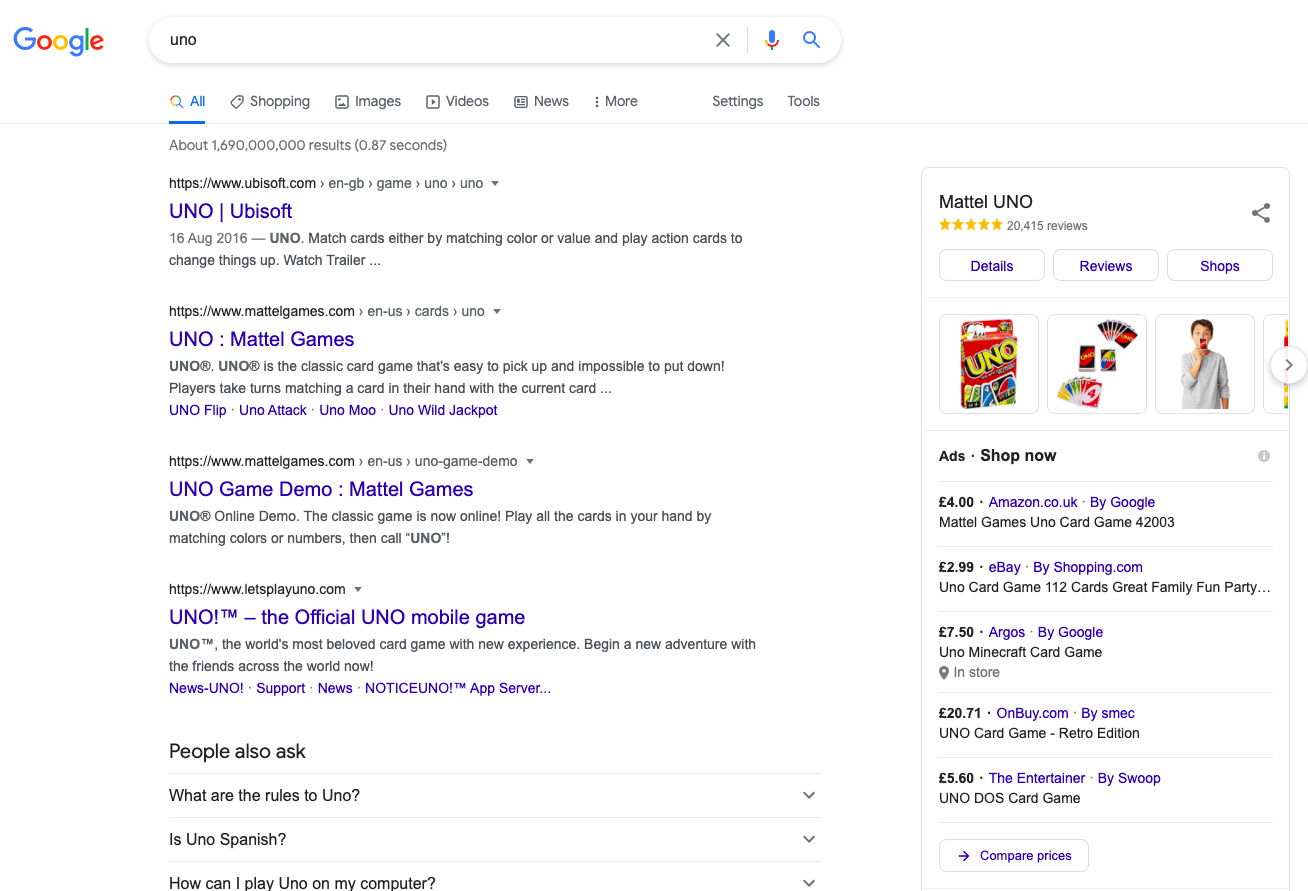
Or, even ads placed in the ‘Images’ section of the search result. Both Google Ads and Google Shopping campaigns can run at the same time, and you do not have to choose one over the other.

In a report by Adthena in 2018, Google Shopping Ads accounted for 85.3% of all retail ad clicks, and ad spending increased to 76.4%. Shopping Ads are better than text Ads for online stores and e-commerce businesses because they provide a visual summary of products sold, and the fastest way to reach new customers.
Push Notifications
Sending push notifications encourages the user to click on your ad to go to your online store; they have a higher click-through rate than emails. Even if your customers dismiss the notifications, they would be constantly reminded of your brand. (Exercise discretion though -you do not want to send push notifications too frequently that you annoy your notification subscribers). Use push notifications to remind potential visitors about sales, offer them discounts, and introduce your new product offerings via push notifications.
If your online store is powered by WordPress, you could use PushEngage, for example, to run push notifications. PushEngage is a user-friendly plugin and offers tons of features such as cart abandonment reminders.
Email Marketing
Email marketing is one of the fastest and most immediate ways to drive traffic to your online store if you have an email list. You could build one by asking customers if they are interested in receiving promotions from you upon checkout (you could tie signing up for promotions with memberships and discounts too). Add an opt-in form on your homepage, pop-up notification and blog. An email list is the captive audience that you could remarket to at any time.
These are some email marketing tips:
1. Gamify adding a prospect’s email to your email list with apps such as Spin-A-Sale. Customers must enter their emails to get a chance to spin the wheel to receive a discount.
2. Send articles, useful infographics, and showcase your products to customers through your emails first before sending a conversion email with a direct call to action. Your customers would find this refreshing compared to only sending conversion emails.
3. As your email list grows, personalise and segment it according to your customers’ browsing history, for example. Personalised email marketing is more likely to convert into purchases. Apps like Campaign Monitor could help you segment your email list.
4. Recover shopping cart abandoners through sending abandonment emails. Figleaves found that just by adding a customer review on an abandoned product email, for example, there was a 37.5% increase in conversions. Tools like GetResponse help you send automated abandonment emails to recapture those lost carts.
Online Presence and Public Relations
As most events turn online in the pandemic, you could leverage your expertise in your industry by hosting or participating in live streaming events like discussions or webinars. You could drive traffic to your online store by referring to your brand (or even products) then.
At the same time, maintain a positive brand image and highlight commendable things that you do, such as charity drives. Do service recovery promptly if you fall short of customers’ expectations and attend to any queries or bad reviews politely. You can create a Google Alert with your brand name as the keyword so that you are notified if your name is published anywhere online. Monitor websites like Google reviews, Yelp, or e-commerce platforms’ reviews to ensure that there are no angry reviews (or at least none unattended to).
Retargeting/Remarketing
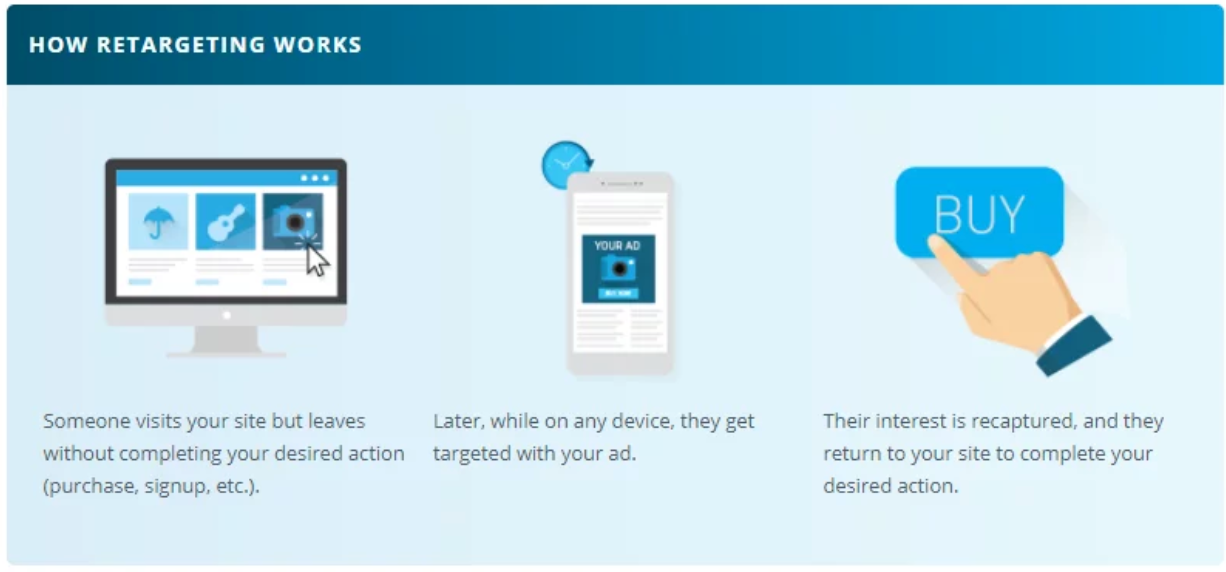
Retargeting is reminding those who left your website without completing the action that you desire (like purchasing a product from your e-commerce website) with a targeted ad of yours. Hopefully, they will click again and follow through with the action (actual purchase) this time.
Retargeting is part of remarketing, which includes ads that are not online display like emails, billboards and TV ads. Google, however, calls retargeting remarketing.
Criteo’s (a retargeting vendor) study findings emphasized the importance of retargeting: website visitors who viewed retargeted display ads are 70% more likely to convert to an online store.
Influencers and Affiliate Marketing
Get access to thousands of potential customers by stepping into someone else’s network of followers. How so? By working with social media users, or influencers, who have a large following. Influencers amass thousands, hundred thousand, or millions of followers through consistent content generation on platforms such as Facebook, Twitter, TikTok, Instagram, or YouTube. They are called influencers because they wield much influence over their followers, and that includes purchase decisions.
You could simply chat them up to ask if they do pay reviews or retweets on Twitter, and you can deliver your products to them for a review. This is commonly done on Instagram, where influencers discuss and try products in their story posts, or IG live or tag your business profile in their photo posts. You could direct a lot of traffic to your website with paid reviews.
Besides paid reviews, start an affiliate program with influencers and content creators (affiliates or affiliate marketers). The affiliate links would direct their followers to your online store when they click on them. Your affiliates post these links on their social media accounts, websites and blogs to earn a commission whenever a visitor comes across them and clicks on them.
When you start an affiliate program, you recruit content creators (affiliates or affiliate marketers) to place links to your website on their own blogs or social media accounts (affiliate links). When someone clicks an affiliate link and purchases your products or services, the affiliate whose link they clicked is rewarded with a cash affiliate commission. The affiliate has a way to earn passive income, while your business generates more leads and sales through the affiliate’s product recommendations and quality content.
Ensure that the commission rate is both sustainable for your business and could draw interest from influencers to actively promote them. Set out clear terms and conditions for your affiliate program and include performance indicators to track the affiliate’s success.
Contests and Giveaways
Contests and giveaways are another tried-and-tested way to increase traffic to your online store, especially in the short term. Offer enticing gifts via viral contests, giveaways and lucky draws to get current and prospective buyers to your online store. A common way of entry to an online giveaway is the “Like, Subscribe, Share and Comment” method, or a variation of such on YouTube, Instagram, Facebook, and other social media platforms.
If you want to incorporate giveaways on your landing page, use tools such as Gleam or Woobox. These tools ensure that your posts are shared on social media before website visitors gain a chance at the sweepstake. Once new visitors get on to your online store, suggest discount codes to them on exit intent popups.
Clean & Clear India wanted to increase its brand and product awareness among Indian teens through their foaming “My Swag” facial wash series. Clean & Clear then launched the #UnbottleApnaSwag challenge on TikTok, which invited entries of unique and original content by teen girls.
The result? A mind-boggling 1.96 billion video views, 172 million likes, comments, and shares, on top of 2.62 million user-generated videos from the Hashtag Challenge. Clean & Clear's official account saw an increase of more than 10,400 followers, making it one of the most successful Branded Hashtag Challenges in India, ever.
Leverage Your Offline Store If You Have One
Your offline physical store could harmoniously complement your online store, especially if it has great brand awareness and a loyal crowd. This includes encouraging them to sign up for your loyalty program with their email addresses or mobile numbers, and online promotions that they could use in-store if they visit your website or follow your social media accounts. Extend flyers with promotion codes to your brick-and-mortar store customers so that they can share them with their friends and families when shopping online.
Learn From Your Competitors
Pick apart your competitors’ strategies to drive traffic to their websites, to learn how to apply those techniques for your own online store. Tools such as Ahrefs and SEMrush give you insight on the keywords your competitors targeted, the topics that they focused on, the backlinks of their website, and the domains of the websites that direct traffic to their websites.
Convert Traffic Into Sales
Your web counter is showing 9,501 new hits in the past 24 hours since you engaged an influencer for a paid review. What now? Convert that traffic into sales! As a new business, start by targeting 2-5% of those visits into actual purchases (conversion rate). Some of the ways to convert traffic into sales are by:
- Upselling: Suggest complementary products and add-ons such as accessories and warranties before checkout. A 2015 SaaS survey reported that it's 68% more costly to earn $1 from a new customer than it is to upsell current customers.
- Offer a Rewards Program: There are many types of rewards or loyalty programs such as a point-based loyalty program (collecting points to earn rewards), tiered loyalty program (earning small gifts or tokens that increase in value with more purchases or higher purchase amounts), and paid loyalty program (e.g. Amazon Prime), among others. Select one that suits the products or services that you are selling and that would add to your bottom line, and not hurt it.
- Incorporate Chat: Live Chat is the millennials' (born between 1980 - 2000) preferred choice of help and support online. 58% of them expect that they could reach out to a brand whenever they want, and 52% prefer to chat or text rather than any other methods of communication, reported Software Advice Live Chat report in 2015. Drift is one of the chatbox providers that you could consider.
- Create Urgency: Urgency gives an extra push to customers to hasten their purchase: now, not later. “Limited time offer”, “Low Stock”, “Buy now” is among the call to actions that you can use. A countdown timer to remind customers how long they have left to lock in the promotions work too.
- Highlight Customer Reviews: Trustpilot’s 2020 report stated that globally, nine out of ten consumers read reviews before making a purchase. Displaying reviews could be that driver that pushed the sale.
- Offer Free Shipping: 36% of shoppers say they would abandon a cart if shipping is too expensive. You can even offer free shipping profitably. Yes, strange but true.
Tip
For you, the online entrepreneur, Osome is the perfect partner to help run your business. We convert statements from online platforms into books, offer accounting services, help you with tax filings, and profitability reports. Let us handle the mundane tasks for you, while you focus on the most exciting parts of running an online store.


